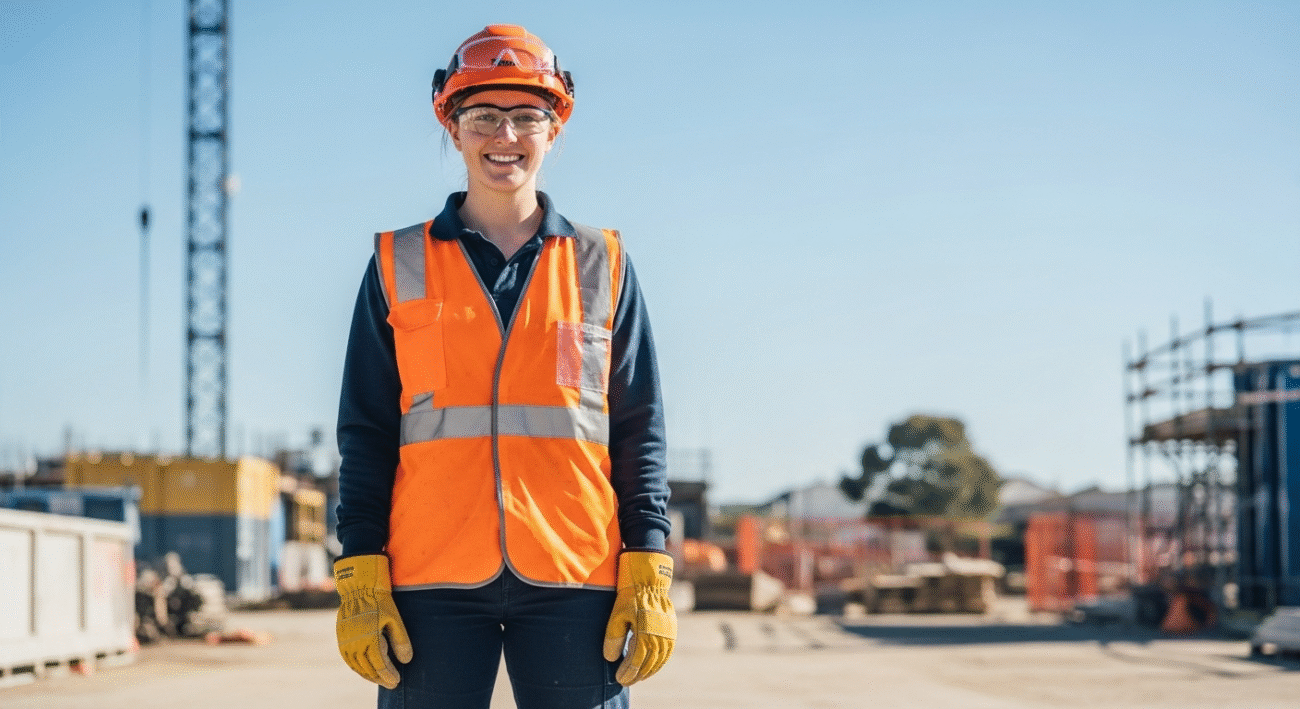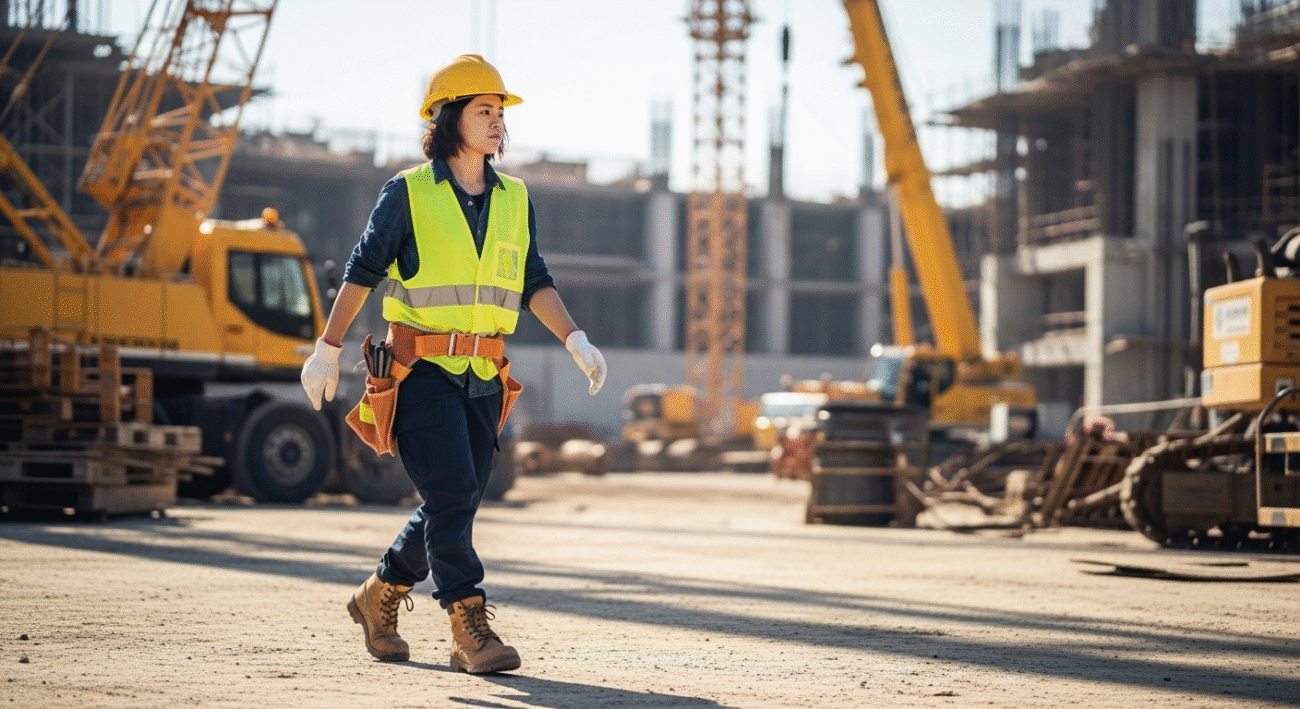Why Comfortable Safety Clothing is Revolutionizing Workwear Industry in July 2025 – Expert Analysis of Ergonomic Features and Worker Productivity Benefits
 Introduction
Introduction
In July 2025, the workwear industry is experiencing a transformative shift driven by the integration of comfortable safety clothing. No longer just functional, today’s safety apparel is designed with ergonomics and wearer comfort as top priorities, leading to higher worker productivity, morale, and overall workplace safety. This expert analysis offers a deep dive into the ways ergonomic features are revolutionizing safety clothing, backed by recent advancements, and outlines the extensive benefits for businesses and their workforce.
1. The Evolution of Workwear: From Bulk to Balance
Traditionally, safety clothing was associated with stiff materials, limited flexibility, and discomfort. Workers in industries like construction, manufacturing, warehousing, and logistics often had to choose between protection and comfort. However, the landscape has dramatically shifted:
- Technological innovation in fabric production and garment construction has enabled manufacturers to create personal protective equipment (PPE) that balances safety and comfort.
- Worker-centric design has become a core value, integrating feedback from real-world users to optimize fit, breathability, and flexibility.
Key Advancements in 2025
- Smart textiles that adjust to body temperature and external conditions
- Lightweight yet durable fabrics using nanotechnology
- Custom-fit and modular workwear adaptable for various tasks and environments
2. Ergonomic Features in Modern Safety Clothing
The rise of ergonomic design in PPE is at the core of this revolution. Ergonomics is the science of designing products to fit the users’ needs, minimizing strain and risk of injury while maximizing comfort and productivity.
Anatomical Fit
Modern safety clothing now follows the human body’s natural lines and movements. Features include:
- Articulated knees and elbows
- Stretch panels in high-mobility zones
- Adjustable waists and cuffs
Climate Control
Temperature regulation is crucial in safety clothing:
- Moisture-wicking materials keep workers dry and comfortable.
- Ventilation panels in heat-prone areas prevent overheating.
- Insulated linings are removable or adjustable for seasonal adaptability.
Lightweight Protection
The latest materials offer high protection with less bulk:
- Composite fibers outperform traditional heavy cotton and polyester blends.
- Impact-resistant foams provide targeted protection without sacrificing mobility.
Integrated Smart Technology
Some of the most revolutionary products in 2025 incorporate:
- Built-in sensors for real-time health monitoring (e.g., heart rate, skin temperature)
- Wireless communication devices for enhanced connectivity and safety alerts
- Wearable exoskeleton support for reducing strain during lifting or repetitive tasks
3. The Link Between Comfort, Ergonomics, and Productivity
Reduced Fatigue and Injury
Uncomfortable clothing can cause distraction, fatigue, and even contribute to musculoskeletal injuries. Ergonomic safety gear reduces these risks by:
- Supporting proper posture
- Distributing weight evenly
- Reducing chafing and pressure points
Enhanced Focus and Efficiency
Workers distracted by tugging, overheating, or restrictive gear are less productive. Comfortable PPE allows them to focus on the job at hand, leading to:
- Fewer errors
- Faster task completion
- Greater job satisfaction
Higher Compliance Rates
Regulatory compliance with safety standards is critical. When workwear is comfortable, compliance with PPE protocols rises steeply—workers are less likely to bypass rules, improving overall workplace safety.
4. Industry-Wide Impact: Sectors Leading the Change
Construction and Heavy Industry
Companies are investing in safety wear that enables workers to:
- Perform repetitive tasks with less strain
- Move freely on scaffolding or in tight spaces
Healthcare
Healthcare workers benefit from garments that:
- Offer protection from biological hazards
- Remain breathable and flexible for long shifts
Logistics and Warehousing
Innovations cater to employees who:
- Handle packages of varying sizes and weights
- Navigate diverse temperatures (cold storage, loading docks)
Emergency Services
First responders’ gear now features:
- Integrated communication
- Increased flame and cut resistance alongside enhanced comfort
5. Business Benefits: The Bottom Line
Reduced Absenteeism
Comfortable safety clothing leads to healthier employees with lower rates of absenteeism, saving companies costs related to sick leave and injury claims.
Improved Employee Retention
Workers provided with high-quality, comfortable PPE express higher job satisfaction, resulting in improved retention rates and reduced hiring costs.
Enhanced Corporate Image
Organizations that demonstrate care for employee welfare through ergonomic PPE see:
- Increased worker loyalty
- Better public reputation
- Higher attractiveness to skilled candidates
6. What to Look for When Choosing Ergonomic Safety Clothing in 2025
- Adjustability: Multi-point adjustment features for fit personalization
- Material Quality: Lightweight, flame- and water-resistant fabrics
- Certification: Compliance with latest ISO, EN, and ANSI standards
- Smart Integration: Sensors and monitoring features as appropriate
- Washability and Durability: Easy to clean and long-lasting use
7. The Future: What’s Next for Comfortable Safety Workwear?
The Expansion of Customization
3D body scanning and AI-driven recommendations will soon allow for individually tailored workwear for every employee.
Increased Sustainability
Eco-friendly materials and processes will continue to rise, making sustainable comfort a trademark of modern PPE.
Broader Adoption of Smart Clothing
As costs decrease and technology improves, more businesses will employ intelligent safety clothing as the standard.
Conclusion
Comfortable safety clothing is no longer a luxury—it’s a necessity transforming the workwear industry in July 2025. By combining ergonomic design, advanced materials, and smart technology, new-generation PPE ensures optimal protection, maximum comfort, and peak productivity. Employers who embrace these innovations are setting the standard for safer, more effective, and more attractive workplaces now and well into the future.
Frequently Asked Questions
Q1: What is ergonomic safety clothing?
A: Ergonomic safety clothing is personal protective equipment designed to fit the human body’s shape, movements, and needs. It minimizes discomfort, reduces the risk of injury, and generally enhances flexibility and productivity by utilizing advanced fabrics, adjustable features, and sometimes integrated smart technology.
Q2: How does comfortable workwear improve worker productivity?
A: Comfortable workwear reduces physical distraction and fatigue, allowing workers to focus on their tasks. This leads to fewer mistakes, better morale, and the ability to work longer and more efficiently, directly benefiting productivity and operational outcomes.
Q3: Is investing in ergonomic safety clothing cost-effective for companies?
A: Absolutely. While the initial upfront costs may be higher, ergonomic safety clothing leads to lower injury rates, reduced absenteeism, and higher worker productivity—all of which provide significant long-term savings for businesses.
Q4: What should companies look for when selecting new safety workwear in 2025?
A: Prioritize adjustability, certified materials, smart integrations like health monitoring, washability, and proven durability. Consulting with workers for feedback and input on comfort can also yield the best outcomes.
Q5: Will smart features in safety gear become the norm?
A: All signs point to yes. Wearable technology is rapidly becoming more affordable and robust. By 2025 and beyond, smart features—such as biometric monitoring and real-time alerts—will likely be considered standard in high-quality ergonomic safety clothing.



